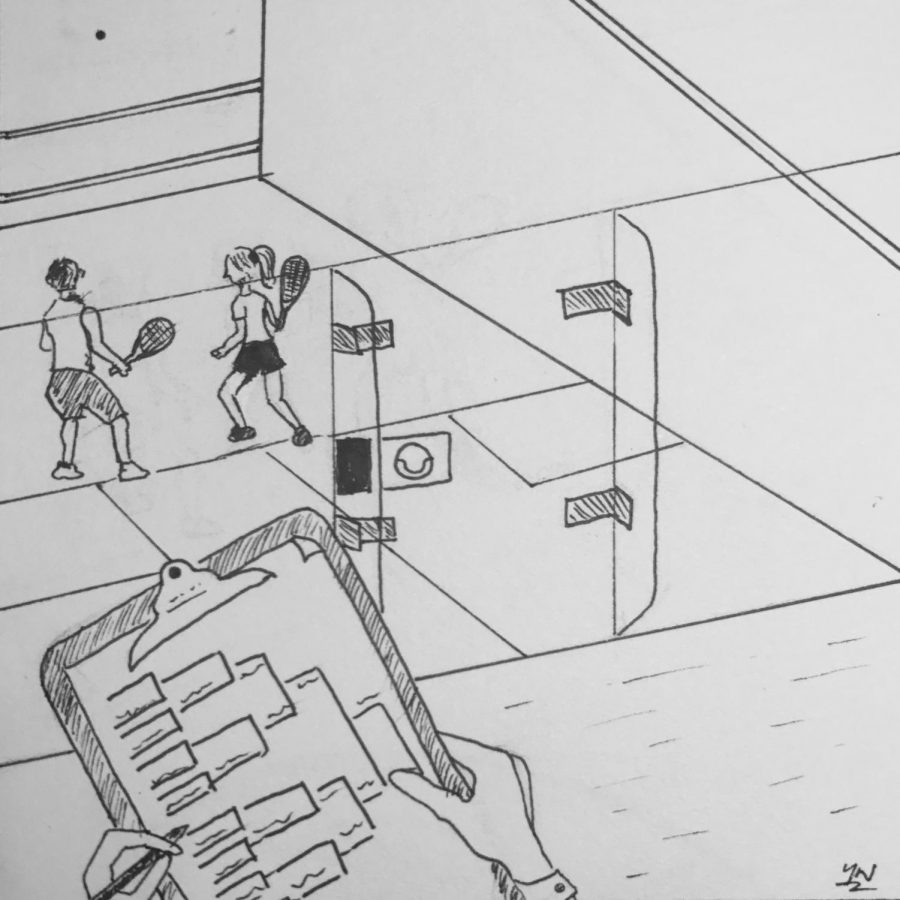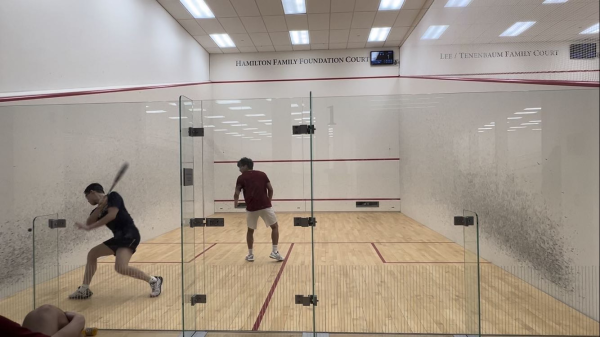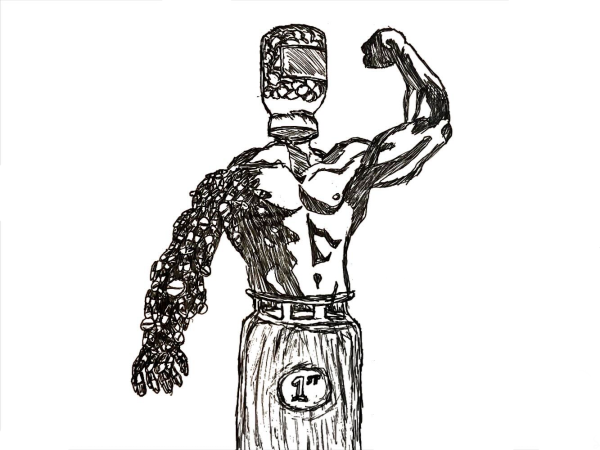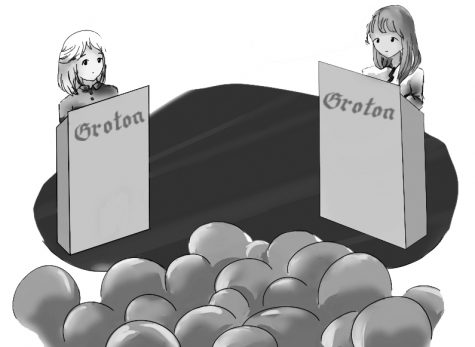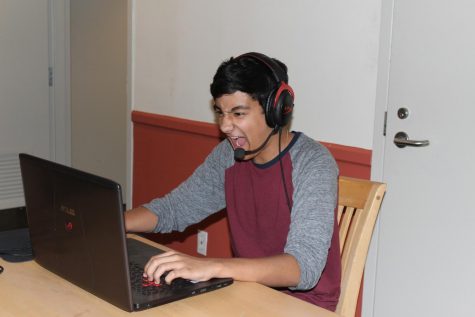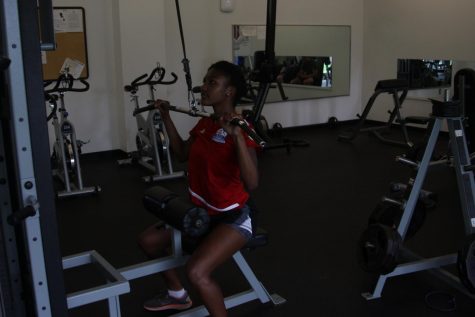The Squash Ladder, Assessed
The success of a squash team relies just as much on the order in which its players are placed as it does on the skill of each player. Just as in tennis, the ranking of players (known internally as a ladder) determines who plays whom in interscholastic matches. In a typical squash match, there will be seven individual matches in total. The first ranked player on one team plays the first ranked player on the other team, and the remainder of the ladder follows suit.
Ensuring that the ladder accurately reflects the skill of each player is of utmost importance. Having just one person out of order can ruin an entire match, since there is a domino effect down the line.
During the week, teams have challenge matches to shuffle the ladder so that it best reflects the current form and skill level of the players. Some weeks, even numbered players (those ranked two, four, and six on the ladder) will “challenge up,” or play the person ranked one ahead of them. Two plays one, four plays three, etc. The following weeks, odds get the same opportunity. Only those challenging up can move up the ladder, and if they win the challenge match, they take the place of the person they played. If they lose, they maintain their current position for the upcoming match and will have to challenge down the following week.
This system provides fluidity to the ladder. If someone has improved their skill or is playing particularly well, then they have a fair chance to move up. But not everyone thinks that challenge matches are an effective use of valuable time on the courts: “Depending on the situation, challenge matches can be a waste of time,” says Jay Montima ’18, who currently plays number one on the boys’ varsity team. “Once I’ve reached the position I should be in, there’s no point in even challenging because difference in skill level. Playing Terrence Wang [‘17] last year was fun but pointless because we both knew he was a better player, and even if I miraculously won, I’d be putting the team at a disadvantage for the upcoming match.”
Lars Caspersen ’19, who plays towards the top of the ladder on the boys JV squash team, says, “[Challenge matches] are fair and a good opportunity to move up the ladder, but they are infrequent to the point where it is difficult to move too far up from where you started.”
On lower levels of play, skill is much less variant, and players are much closer to each other in skill. Last year on the JV boys team, the ladder was different for every single match of the season.


